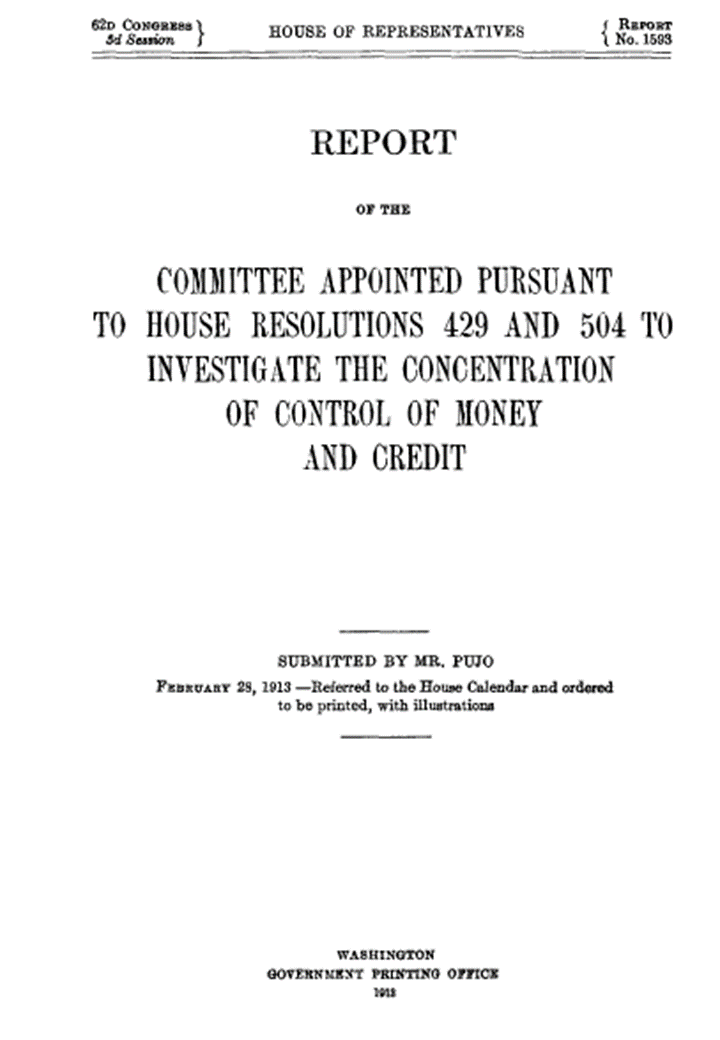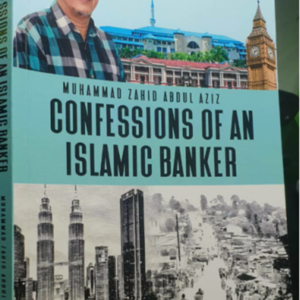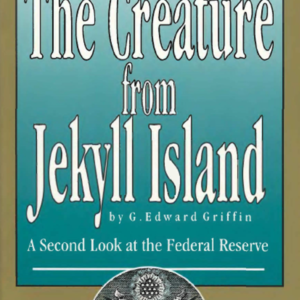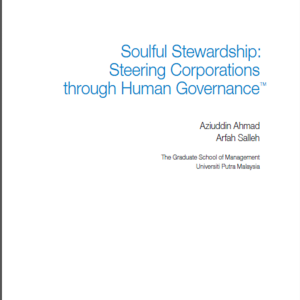Description
Beginning in the late 1800s, a concern regarding the power of bankers and monopolies began to grow. This led to a breaking point in July 1911, when Congressman Charles August Lindbergh asserted that a banking trust existed within the United States and that it should be investigated. A move to create an investigation was then made on February 7, 1912, when the democratic Money Trust Caucus decided to pass House Resolution 405. Not long after this resolution’s passage, amendments followed placing the investigation of the Money Trusts into the hands of then-chairman of the Banking and Currency Committee, Arsène Paulin Pujo of Louisiana. Pujo submitted a resolution, later amended and passed by a vote of 268–8, to establish the footing upon which the rest of the investigation would base itself.
As early as December 12, 1911, the lawyer Samuel Untermyer supported the creation of such an investigation, encouraging Lindbergh to continue fighting for its creation despite early setbacks. Untermyer, a strong proponent of the investigation himself, eventually came to be the committee’s counsel. Despite being called the Pujo Committee, in March 1912, approximately a month after it received authorization, Pujo’s wife became ill, forcing him to take an indefinite leave of absence from the investigation. His successor was Representative Hubert D. Stephens of Mississippi.
The investigation originally intended to examine data from 1905 to 1912 regarding all loans of $1,000,000 or greater; however, the Comptroller of the Currency furnished only a fraction of the overall data, hampering the investigation’s scope. Three sections of the economy were the focus of attention: clearing houses, the New York Stock Exchange, and the growing concentration of wealth within the economy. Witnesses were first examined on May 16, 1912.







